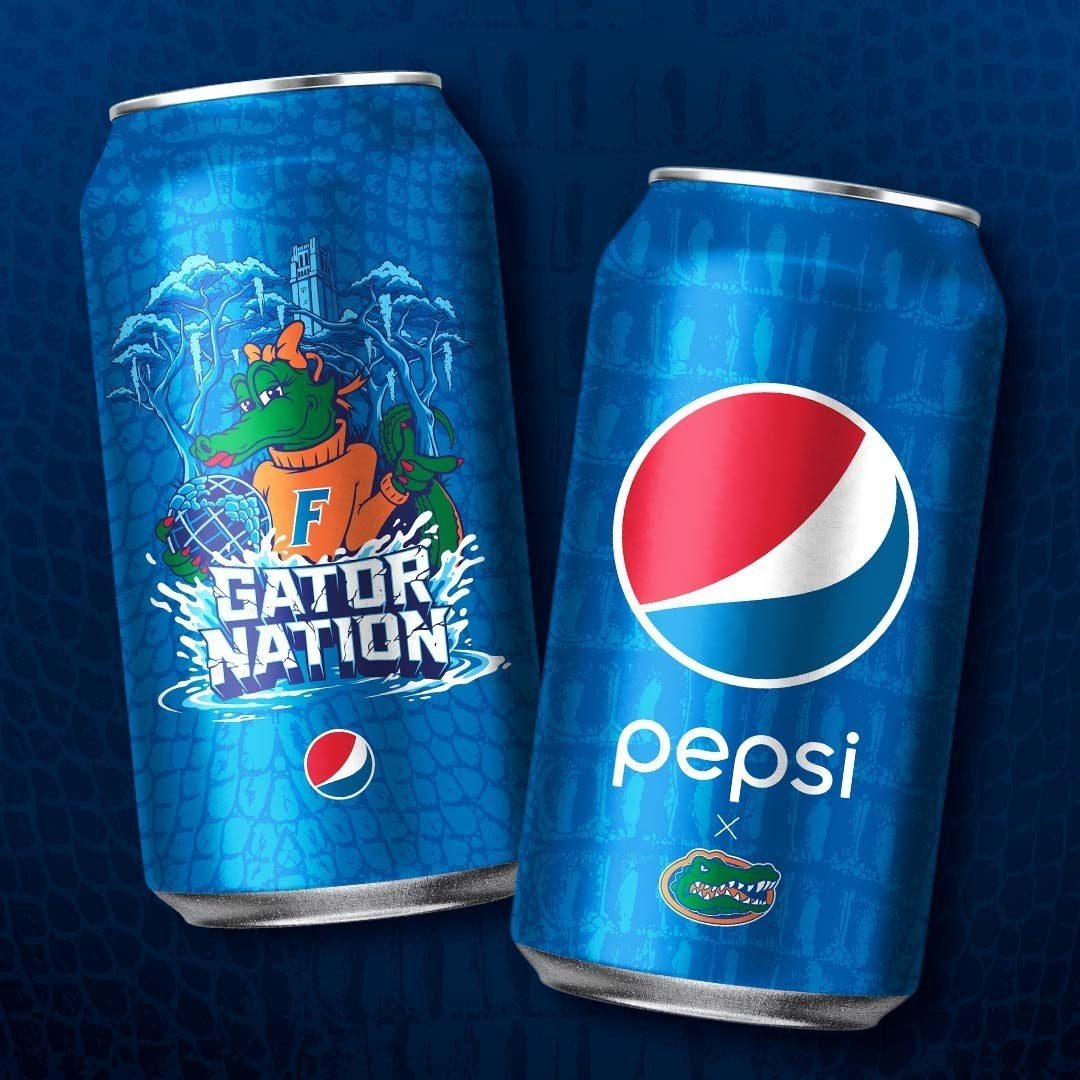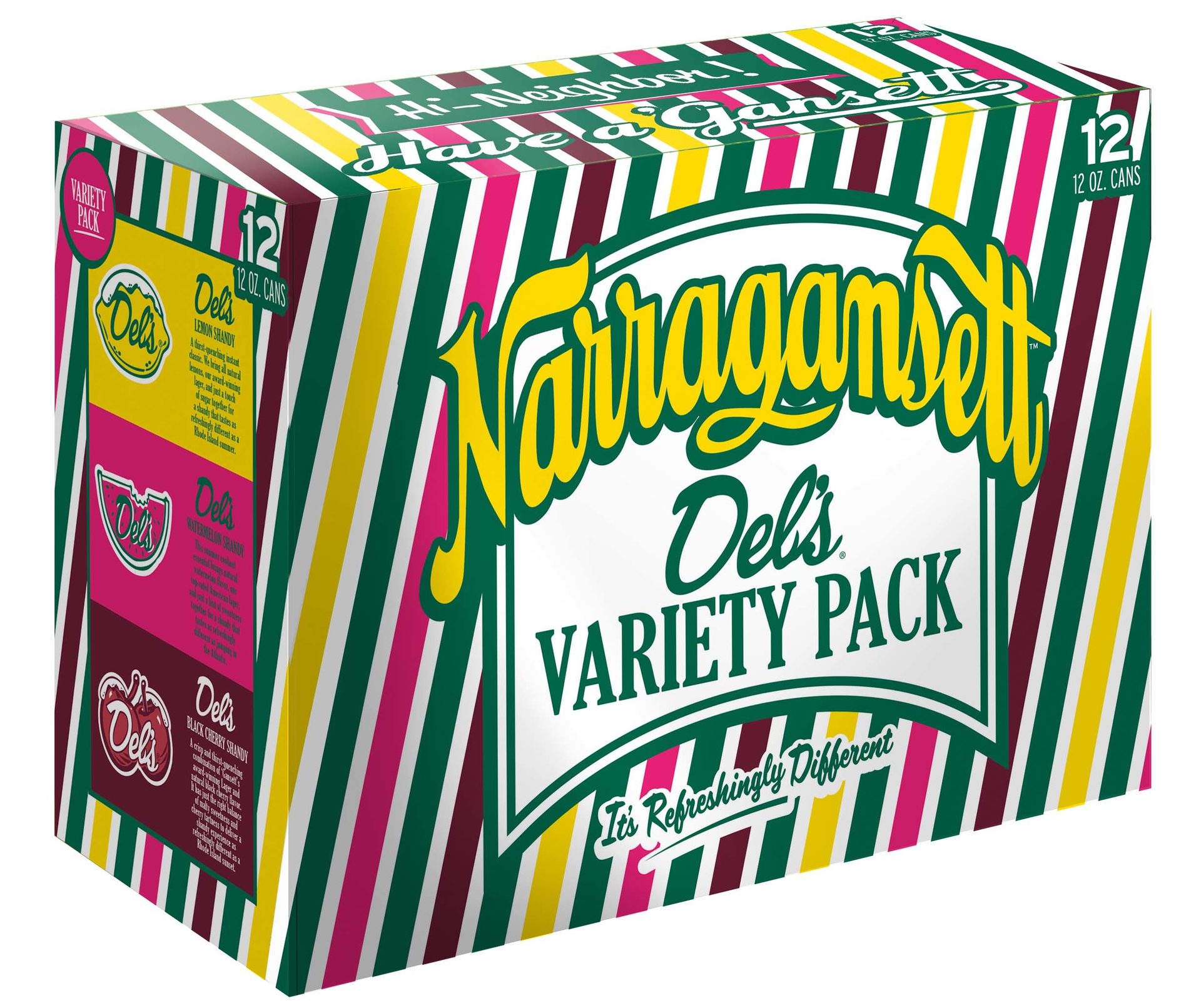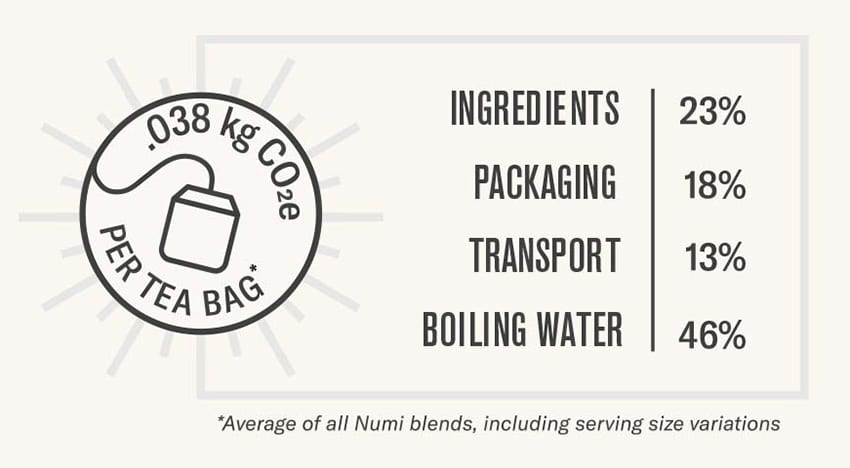Packaging
Story
An appreciation for glass packaging
By Jessica Jacobsen
Premium beverage categories turning to glass packaging
(Photo courtesy of Getty Images)
In the literal reference to items that appreciate in value, people will commonly identify rare art, precious gems or even plots of land as safe appreciators. But when it comes to figurative definitions, appreciation can take on a new interpretation. As consumers strike the balance between sustainability and premiumization, packaging materials like glass are amalgamating these in-demand product attributes, resulting in greater value for its end users.
“Glass packaging is considered as one of the most trusted forms of packaging for health, taste, and environmental safety,” states Mordor Intelligence in its “Glass Packaging Market” report. “Glass packaging, which is considered premium, maintains the freshness and safety of the product.”
The report, which covers the growth, trends, COVID-19 impact and forecasts for 2022-2027, estimates that the global glass packaging market had a value of $56.64 billion in 2020. The Hyderabad, India-based market research firm expects the market to grow at a compound annual growth rate (CAGR) of 4.39% through 2026 for a forecasted $73.29 billion value.
Mordor identifies demand for safe and healthier packaging as well as recyclability as contributing to the demand. For suppliers, the sustainability elements are furthering glass packaging’s appeal.
Cold coffees are likely to utilize glass bottles for packaging to convey premium attributes, Samantha Juna says. (Images courtesy of Riff)
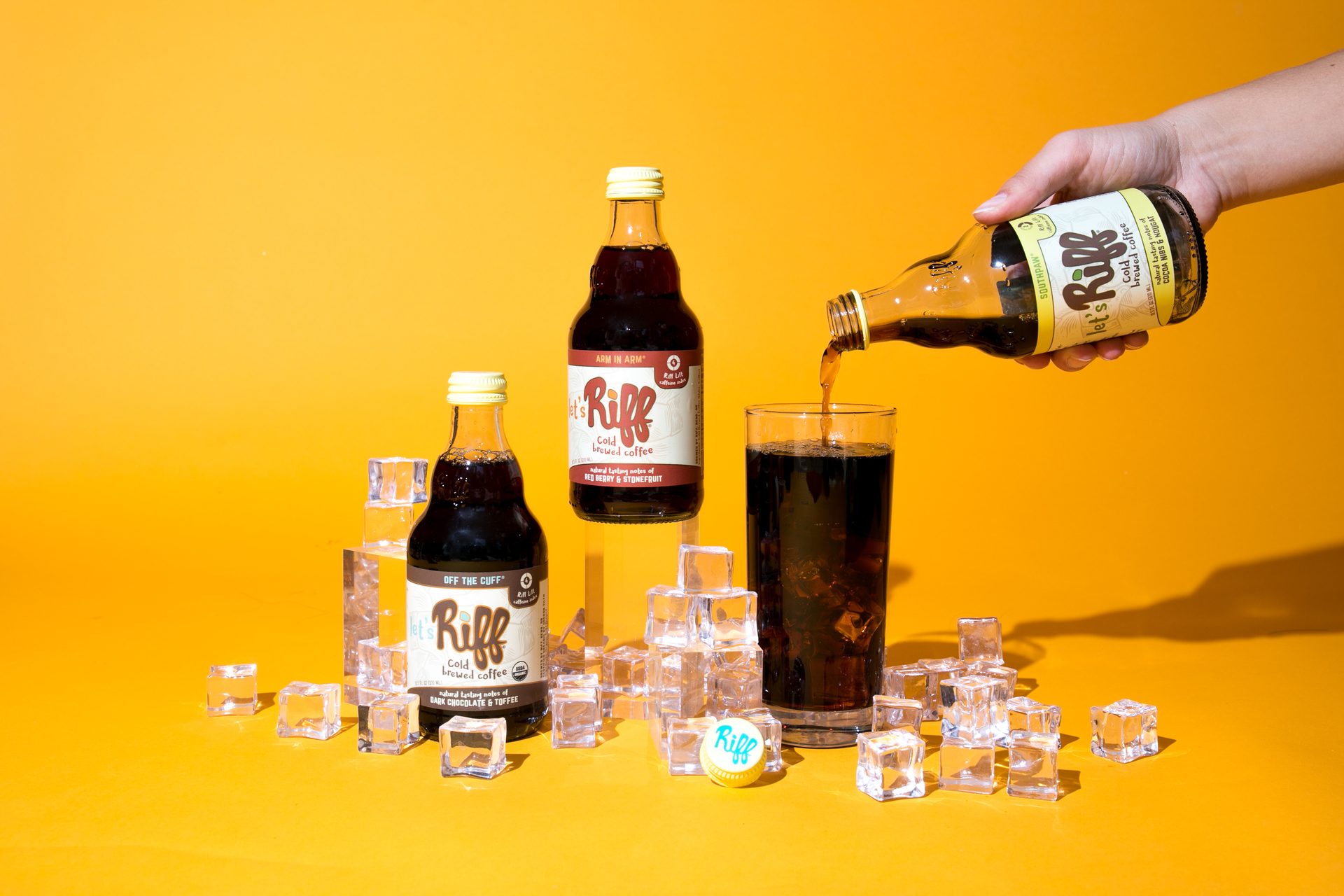
“There has been increased interest in glass packaging in both regular and lightweight varieties,” says Eric Gassaway, director of sustainability at TricorBraun, St. Louis. “As companies make commitments around recycling, refillables and reusability, glass appeal has increased across multiple categories and sectors.”
Additionally, Michael Zuckerman, president of King of Prussia, Pa.-based Zuckerman Honickman, a TricorBraun company, pinpoints that brands are eager to tout the sustainable elements of glass.
“Customers and consumers appreciate the fact that glass is 100% infinitely recyclable, and can market that trait accordingly,” he says.
Premium presence for glass
Beyond the sustainable attributes of glass, experts are eager to identify its association with premium brands as also driving its demand.
“Many consumers are prioritizing value-driven brands, like private labels, which offer high-quality products at a lower price point,” says Samantha Juna, manager of category and consumer insights at TricorBraun. “Glass can often indicate a premium product, so how the glass bottle pairs with the label design and overall design language of the package is important for brands to consider if you want to communicate the right message to consumers.
“On the flip side, there is also a trend for the uber-premium,” she continues. “And these consumers will seek out packaging that reflects the premium nature of the product inside. The clarity of glass is perfect to visually showcase what’s inside the package. And the weight, reusability, and recyclability of glass makes the package feel like it is high-quality and will last a long time.”
Given glass packaging’s association with premiumization, premium beverage categories are likely to utilize the primary packaging material.
Oftentimes the premium beverage market uses the weight of the glass to convey to consumers the premium attributes of products such as sparkling beverages, wellness teas, cold coffee, cold-pressed juice, non-alcohol alternatives, probiotic drinks and kombucha, Juna says.
Zuckerman Honickman’s Zuckerman notes these beverages categories also highlight legacy brands in traditional categories that are adopting glass.
“Glass can often indicate a premium product, so how the glass bottle pairs with the label design and overall design language of the package is important for brands to consider if you want to communicate the right message to consumers.”
— Samantha Juna, manager of category and consumer insights at TricorBraun
“We have seen a surge in a surge in teas (Joe Tea) and premium fruit juices (Lakeland, Cabana, Mamma Chia), along with premium coffees (Starbucks),” he says. “Of course there are still some older soda brands (Jones, Reeds, Ale-8, and Boylan’s) that need to maintain that vintage package.”
Additionally, Juna notes that glass packaging paired with an appropriate closure can be a popular solution for carbonated beverages that utilize functional ingredients.
Navigating today’s market
Although beverage-makers have documented numerous reasons for utilizing glass packaging, today’s market is navigating new variables that must be considered.
“Beverage makers have to realize that in this unprecedented ‘tight’ market that the only color available is flint,” Zuckerman Honickman’s Zuckerman says. “The days of colored tanks, frit-feeders, and tinted or painted ware are not available now. In addition, they need to stay with ‘stock’ molds. Manufacturers are not interested in custom projects right now as they are hand-to-mouth with the current packages.
“Four different finishes are available: lug, ropp, twist-crown and pry,” he continues. “Choosing the desired finish is vitally important because you need to ensure co-packer capabilities and closure availability.”
Kombucha is another example of emerging functional beverage category in which brands are utilizing glass packaging to support its premium positioning. (Image courtesy of Health-Ade)
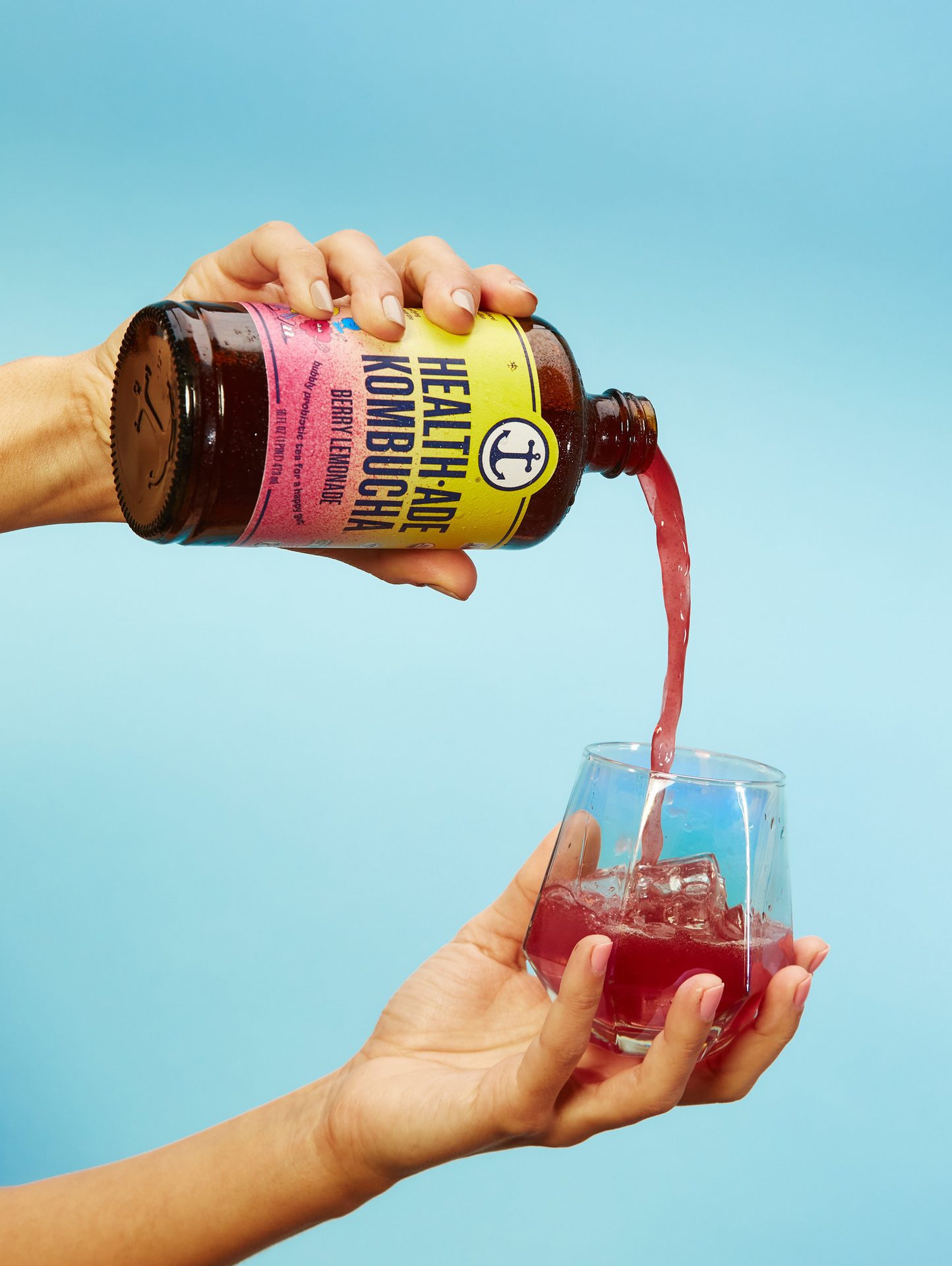
Experts also have noted the impact that the pandemic as well as the Russian invasion of Ukraine are having a domino effect on the glass packaging supply chain.
“The changes resulting from the pandemic and events in Europe have had a double whammy on the glass supply chain,” says Mark O’Bryan, chief operations officer at TricorBraun. “Pandemic demand changes have driven demand on glass to new levels. Food, spirits and beverage markets have all seen large growth. The Russian invasion of Ukraine has forced the closure of glass plants in those countries, but also has driven up the cost of energy feeding the rest of the European glass manufacturers. This has forced customers to look for new options to cover their demands.”
Meanwhile, Zuckerman Honickman’s Zuckerman explains the varying factors affecting the glass supply chain. For instance, glass production is a laborious process and a dearth of personnel have been available during the pandemic, he says. Additionally, the increase in freight costs adversely has affected glass packaging’s freight transport. Zuckerman adds that the raw material components of glass is another factor as it’s comprised of three key elements ― sand, soda ash and limestone ― that need to be shipped.
Even though the glass packaging supply chain is navigating these new challenges, the packaging material will remain a valuable solution for beverage-makers going forward. Given this demand, Zuckerman anticipates steps will be taken in the years to come making the packaging material more accessible to beverage-makers of all operation sizes.
“Glass is a material that will not change with technology. It will simply remain as a one-trick pony. While there will be advances in plastics and new substrates such as pulp/paper, glass will simply be glass,” Zuckerman says. “However, when the industry loosens up, I do think we will see a shift in the flexibility for producing glass. Right now the average production is a three to five day run on a 10-section double. I feel that companies will want to reduce their cavitation and minimum run lengths to be able to provide solutions for the small- to mid-size beverage-makers.” BI
